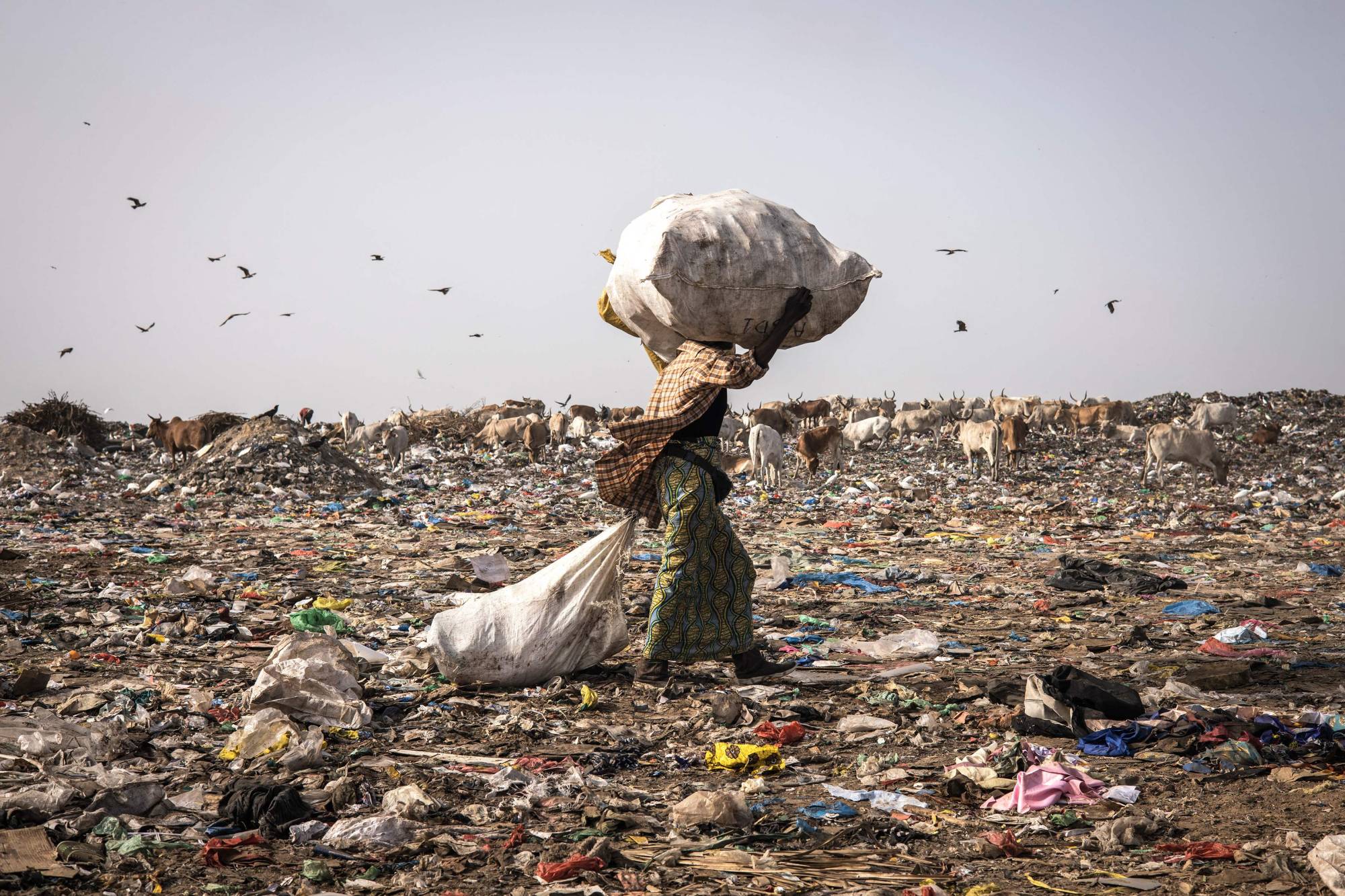Every year, 400 million tons of heavy metal, toxic sludge and industrial waste are dumped into our waterways. At least 8 million tons of plastic end up in our oceans.
Some 1.3 billion tons of food — about one-third of all that is produced — is lost or wasted, while hundreds of millions of people go hungry. Our oceans are being overfished, our lands degraded and biodiversity rapidly eroded. Meanwhile, devastating natural disasters — flash floods in Europe and China, forest fires in the United States and locust infestations in Africa and the Middle East — are becoming more frequent.
The unsustainability of our linear “take-make-waste” pattern of global production and consumption has never been more obvious. In fact, if we do not abandon it by 2050, we will need the equivalent of almost three Earths to provide enough natural resources to sustain current lifestyles, and annual waste generation will increase by 70%. But there is a better way: We can embrace the circular economy.



















With your current subscription plan you can comment on stories. However, before writing your first comment, please create a display name in the Profile section of your subscriber account page.